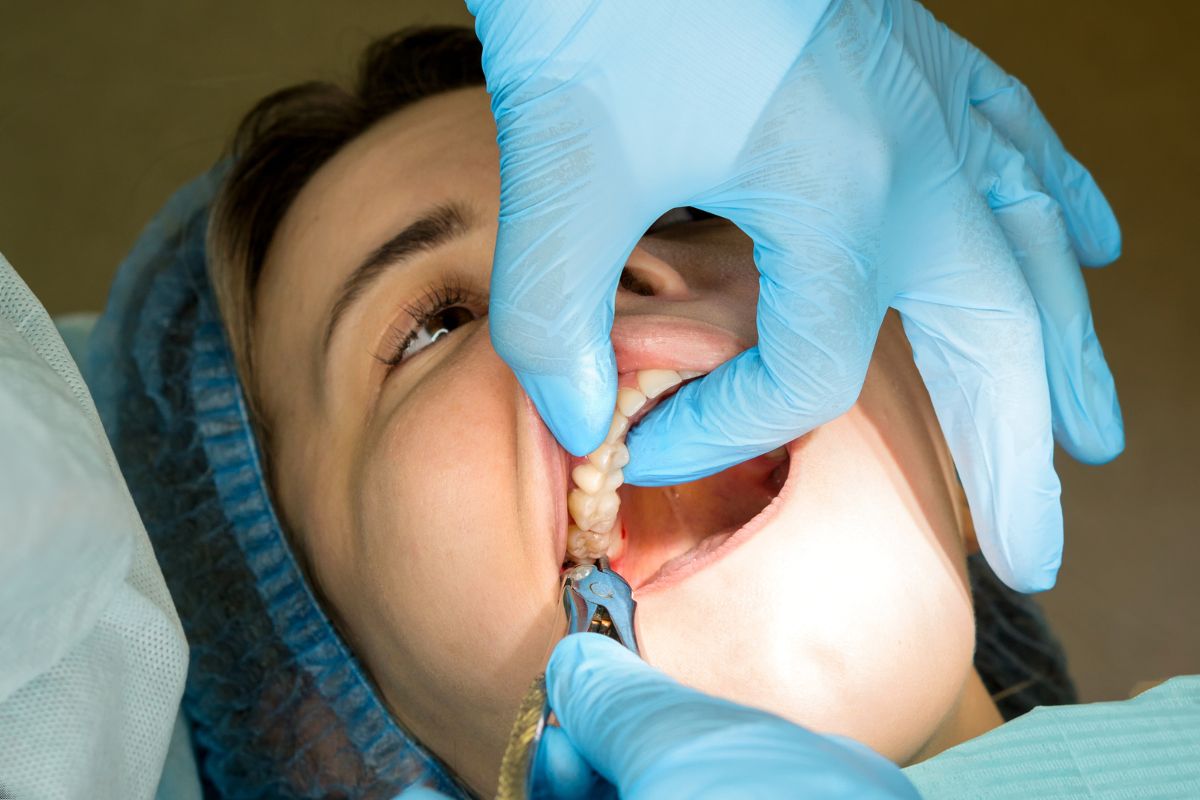Wisdom tooth extraction is a common dental procedure, but not all extractions are the same. Depending on the position, impaction, and complexity of the tooth, your dentist may recommend either a simple or a surgical extraction. Understanding the differences between these procedures can help you know what to expect before, during, and after your wisdom tooth removal.
What Is a Simple Wisdom Tooth Extraction?
A simple extraction is performed when the wisdom tooth has fully erupted through the gums and is easily accessible. This type of extraction is typically straightforward and can be done in a regular dental office setting.
Key Features of Simple Extraction
-
Tooth visibility: The tooth is fully erupted and visible above the gum line.
-
Anesthesia: Local anesthesia is usually sufficient to numb the area.
-
Procedure: The dentist loosens the tooth using dental instruments and removes it with forceps.
-
Duration: Generally quick, often taking 10–20 minutes per tooth.
-
Recovery: Recovery is usually faster with minimal swelling and discomfort.
Simple extractions are suitable for patients whose wisdom teeth have grown in properly without obstruction or complications.
What Is a Surgical Wisdom Tooth Extraction?
Surgical extraction is required when the wisdom tooth is impacted, partially erupted, or positioned in a way that makes removal more complicated. This procedure is often performed by an oral surgeon rather than a general dentist.
Key Features of Surgical Extraction
-
Tooth position: The tooth may be trapped under the gum or jawbone, or growing at an angle.
-
Anesthesia: Sedation or general anesthesia may be used in addition to local anesthesia for patient comfort.
-
Procedure: The surgeon may need to make an incision in the gum, remove some bone, and sometimes section the tooth into pieces to extract it safely.
-
Duration: Surgical extractions can take 20–60 minutes per tooth, depending on complexity.
-
Recovery: Recovery may involve more swelling, bruising, and discomfort, typically lasting 1–2 weeks.
Surgical extractions are necessary for impacted teeth, teeth with curved roots, or cases where adjacent structures (like nerves or sinuses) require careful handling.
Post-Extraction Care
Regardless of the type of extraction, proper aftercare is crucial:
-
Pain management: Take prescribed or OTC pain medications.
-
Swelling control: Apply ice packs for the first 24–48 hours.
-
Diet: Eat soft foods and avoid using straws.
-
Oral hygiene: Rinse gently with salt water after 24 hours; avoid disturbing the clot.
-
Follow-up: Attend any recommended follow-up appointments to ensure proper healing.
Final Thoughts
The main difference between simple and surgical wisdom tooth extraction lies in the tooth’s position and the complexity of the procedure. Simple extractions are quick and straightforward, while surgical extractions are more complex, often requiring additional anesthesia and a longer recovery period. Understanding the type of extraction you need helps you prepare mentally and physically, ensures smoother recovery, and allows you to follow the right aftercare protocols for the best outcome.





0 Comments